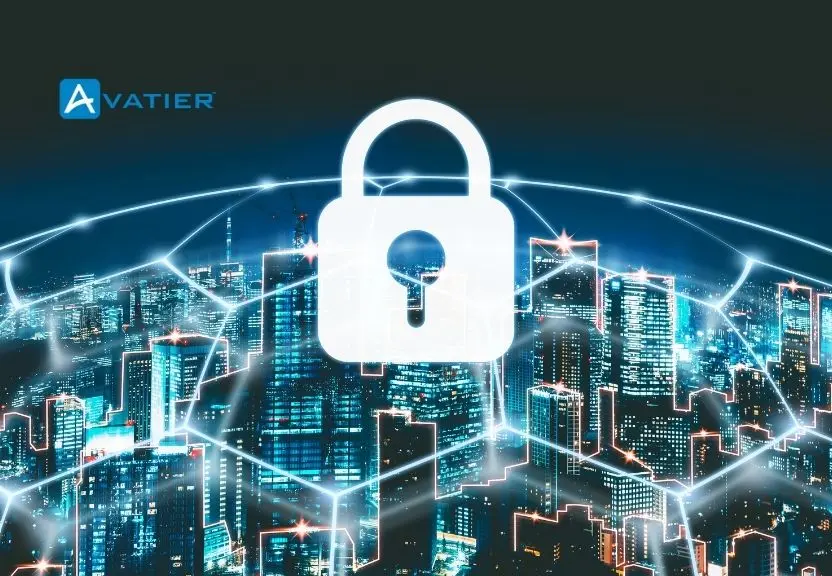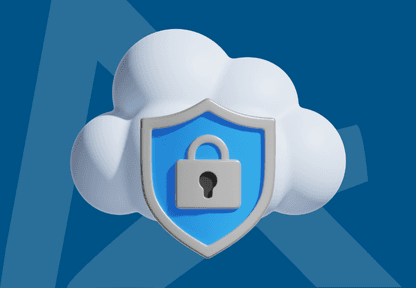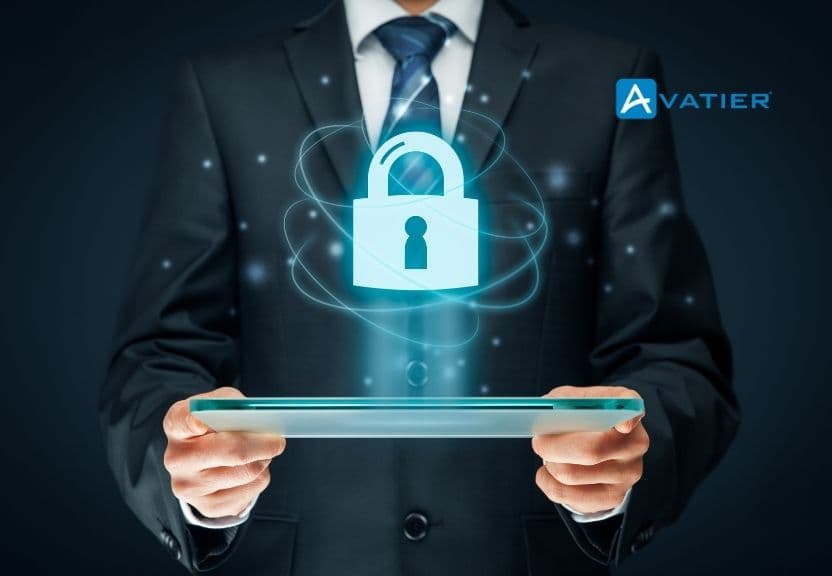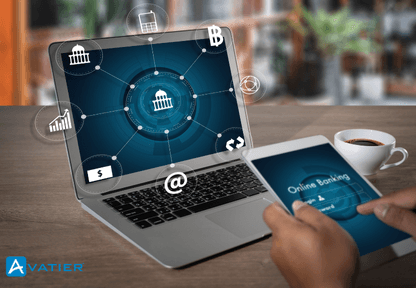October 21, 2025 • Mary Marshall
Security Culture: Building Cybersecurity Awareness Through Technology
Discover how technology-driven security culture transforms organizational cybersecurity awareness. Learn practical strategies.

A strong security culture isn’t merely beneficial—it’s essential. As we recognize Cybersecurity Awareness Month, it’s the perfect time to examine how technology can strengthen your organization’s security awareness and establish a resilient cybersecurity culture.
Security Culture: Building Cybersecurity Awareness Through Technology
According to recent findings from the 2023 Verizon Data Breach Investigations Report, 74% of all breaches involve the human element, including social engineering attacks, errors, or misuse. This statistic underscores why technology must be paired with human awareness to create meaningful security improvements.
Why Security Culture Matters in the Modern Enterprise
Security culture represents the collective attitudes, behaviors, and understanding of cybersecurity across your organization. When properly cultivated, it transforms security from an IT department concern into an organization-wide priority.
The stakes have never been higher. IBM’s Cost of a Data Breach Report reveals that the global average cost of a data breach reached $4.45 million in 2023—a 15% increase over three years. Organizations with strong security cultures experience 52% fewer security incidents than those without.
“Cybersecurity is everyone’s responsibility, but it doesn’t have to be everyone’s burden,” notes Dr. Sam Wertheim, CISO of Avatier. “Our mission is to make securing identities simple, automated, and proactive—so organizations can improve cyber hygiene, reduce risk, and build resilience during Cybersecurity Awareness Month and beyond.”
The Technology-Culture Connection
The most effective security cultures leverage technology in three key ways:
1. Automation of Security Best Practices
Modern identity management solutions like Avatier’s Identity Anywhere Lifecycle Management automate critical security processes including:
- User provisioning and deprovisioning
- Access certification reviews
- Password management and enforcement
- Role-based access control
By automating these functions, organizations eliminate human error—often the weakest link in security—while simultaneously reinforcing security best practices through standardized, repeatable processes.
2. Embedding Security into Daily Workflows
Technologies that integrate security into everyday work activities create “security by design” environments where:
- Single sign-on solutions reduce password fatigue
- Multi-factor authentication provides seamless additional protection
- Self-service tools empower users while maintaining security boundaries
- Contextual security notifications educate users at teachable moments
When security tools work alongside users rather than against them, compliance increases dramatically. A recent Gartner survey found that 85% of organizations with embedded security tools reported higher user satisfaction with security processes.
3. Continuous Monitoring and Intelligence
Advanced security culture technologies provide:
- Real-time visibility into unusual access patterns
- Automated threat response for suspicious activities
- Continuous evaluation of user behavior against baselines
- Risk-based authentication adjustments
These technologies educate users while offering protection. For instance, Avatier’s Access Governance solution gives organizations comprehensive visibility into who has access to what resources, supporting both security awareness and regulatory compliance.
Building Blocks of Technology-Enabled Security Culture
Zero Trust Architecture: Trust Nothing, Verify Everything
Zero Trust has evolved from buzzword to business necessity. This approach assumes no entity—inside or outside the network—should be trusted by default.
Implementing Zero Trust principles through identity and access management technologies helps organizations:
- Verify explicitly with strong authentication methods
- Use least privilege access for all users
- Assume breach mentality for all sessions
According to Microsoft’s Digital Defense Report, organizations implementing Zero Trust are 50% less likely to experience a breach and see remediation costs reduced by 35% when breaches do occur.
During this year’s Cybersecurity Awareness Month, Avatier is highlighting how its AI Digital Workforce helps enterprises strengthen identity security and accelerate Zero Trust adoption against evolving threats.
Self-Service Security Tools: Empowerment with Guardrails
Self-service security technologies balance user empowerment with appropriate controls:
- Password management solutions allow users to reset credentials securely
- Access request workflows enable business-appropriate resource requests
- Group management tools permit collaborative workspace management
- Security preference centers let users customize their security experience
Avatier’s Identity Management Anywhere – Group Self-Service exemplifies this approach, enabling users to manage group memberships while maintaining security through approval workflows and policy enforcement.
Security Automation: Consistency at Scale
Automation creates consistency in security practices:
- Automated onboarding/offboarding prevents access gaps
- Scheduled access reviews ensure regular governance
- Intelligent risk scoring prioritizes security responses
- Continuous compliance monitoring maintains regulatory alignment
When properly implemented, automation shifts your security culture from reactive to proactive. A Ponemon Institute study found that organizations using security automation saved an average of $3.05 million per breach compared to those without automation technologies.
Measuring Security Culture Improvement
Technology provides valuable metrics to measure security culture improvement:
Quantitative Measurements:
- Reduction in security incidents
- Decrease in phishing simulation click rates
- Improved time-to-remediation for vulnerabilities
- Increased usage of self-service security tools
- Higher compliance rates in access reviews
Qualitative Assessments:
- Employee feedback on security tools
- Observations of security behaviors
- Executive support for security initiatives
- Cross-departmental security collaboration
- Security consideration in business decisions
Practical Implementation: Building Your Technology-Enabled Security Culture
1. Start with Identity
Identity forms the foundation of modern security. As hybrid work environments blur traditional network boundaries, identity becomes the new perimeter.
Implement robust identity management that includes:
- Lifecycle management from onboarding through separation
- Strong authentication with MFA integration
- Regular access certifications and reviews
- Privileged access management for sensitive systems
2. Make Security Visible
Security awareness thrives on visibility. Deploy technologies that:
- Provide user-friendly security dashboards
- Send timely security notifications
- Gamify security training with rewards
- Offer clear security status indicators
“Our mission during Cybersecurity Awareness Month and beyond is to make securing identities simple, automated, and proactive,” says Nelson Cicchitto, CEO of Avatier. “This approach helps organizations improve cyber hygiene, reduce risk, and build resilience.”
3. Personalize the Experience
Not all users have the same security needs. Implement technologies that:
- Adapt security requirements to risk profiles
- Provide role-based security training
- Customize security interfaces for different user groups
- Offer multilingual security communications for global workforces
4. Measure and Iterate
Security culture evolves continuously. Use technology to:
- Gather security behavior analytics
- Conduct regular security pulse surveys
- Test security awareness through simulations
- Track improvements over time
Case Study: Financial Services Firm Transforms Security Culture
A leading financial services organization struggled with employee resistance to security measures, resulting in shadow IT and compliance gaps. By implementing Avatier’s comprehensive identity management solution, they achieved:
- 78% reduction in access-related security incidents
- 94% increase in self-service security tool adoption
- 45% improvement in security audit performance
- 63% decrease in help desk tickets for access issues
The key to their success was choosing technology that balanced security needs with usability requirements—reinforcing rather than restricting their desired security culture.
Best Practices for Cybersecurity Awareness Month and Beyond
As we observe Cybersecurity Awareness Month, consider these technology-enabled approaches to strengthen your security culture:
- Conduct a Security Culture Assessment: Use technological tools to evaluate your current security awareness baseline.
- Update Your Authentication Strategy: Consider passwordless options and contextual authentication to reduce friction.
- Revise Access Governance: Implement regular attestation reviews and least-privilege principles.
- Integrate Security Training: Deploy just-in-time security education triggered by user activities.
- Develop Security Champions: Identify and equip advocates throughout the organization with monitoring tools.
As part of its Cybersecurity Awareness Month campaign, Avatier is launching educational initiatives including thought leadership content on cyber hygiene, Zero Trust IAM, and AI-driven cybersecurity solutions.
The Future of Technology-Enabled Security Culture
Looking ahead, several trends will shape technology’s role in security culture:
AI-Enhanced Security Awareness
Artificial intelligence will increasingly personalize security guidance based on user behavior patterns, predicting potential issues before they occur and providing customized training interventions.
Behavioral Analytics and Nudges
Advanced behavioral analytics will help identify risky behaviors while subtle “nudges” will guide users toward safer practices without disrupting workflows.
Integrated Security Experience
Security tools will become increasingly unified, providing a consistent experience across all platforms and reducing the cognitive load of maintaining security awareness.
Conclusion: Technology as a Security Culture Catalyst
Technology alone cannot create security culture—but the right technologies can amplify your efforts, reinforce positive behaviors, and provide the metrics needed to demonstrate improvement.
To learn more about how Avatier can help build your security culture through innovative identity management solutions during Cybersecurity Awareness Month, visit Avatier’s Cybersecurity Awareness resources.









